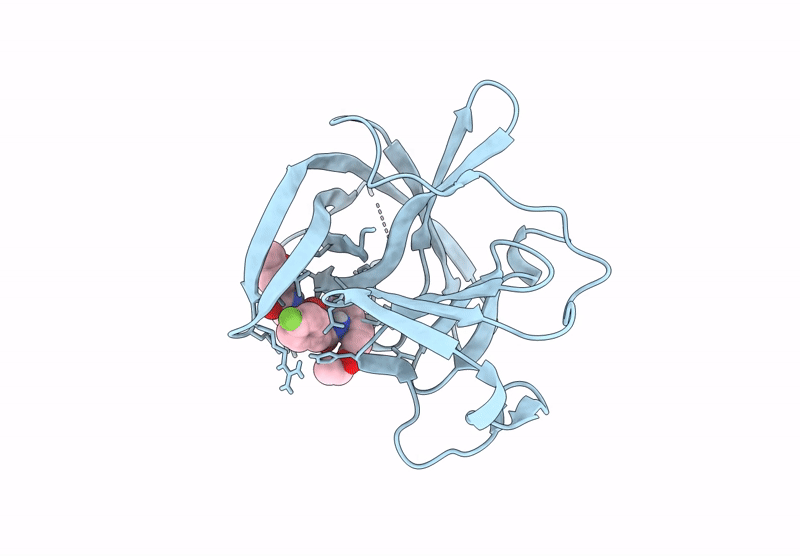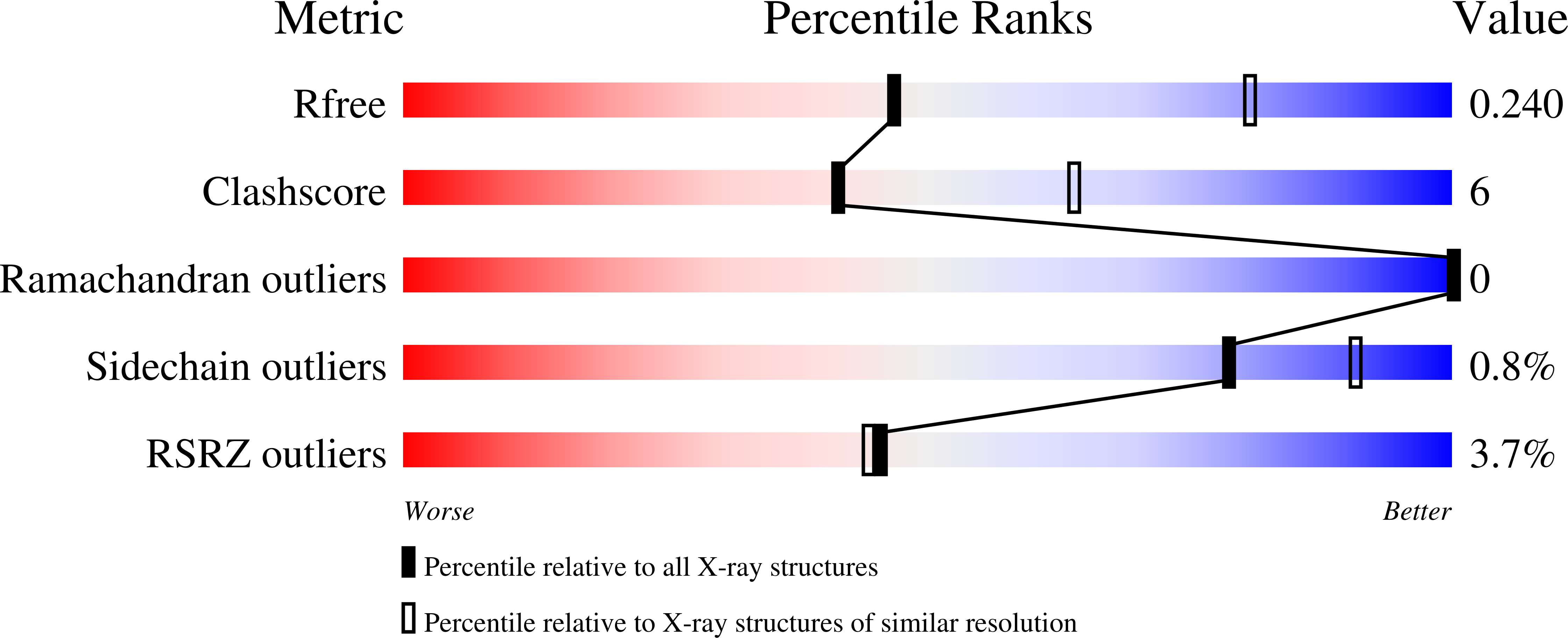
Deposition Date
2024-08-22
Release Date
2025-02-19
Last Version Date
2025-03-12
Entry Detail
PDB ID:
9DAP
Keywords:
Title:
Human norovirus GII.3 protease in complex with rupintrivir
Biological Source:
Host Organism:
Method Details:
Experimental Method:
Resolution:
2.71 Å
R-Value Free:
0.24
R-Value Work:
0.18
R-Value Observed:
0.18
Space Group:
P 32 2 1


